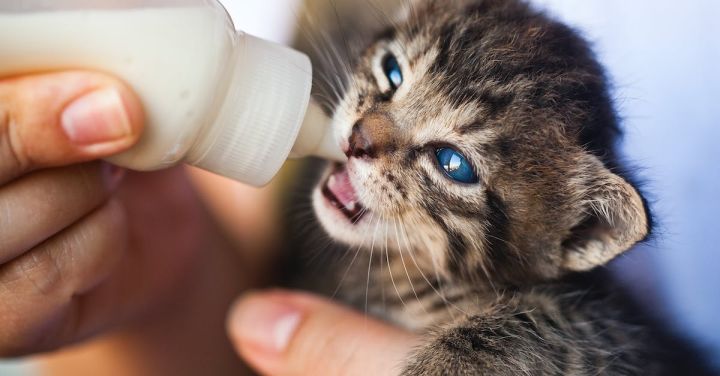Can You Train Your Pet at Home Successfully?
Training a pet can be a challenging and rewarding experience. Many pet owners wonder if it is possible to train their furry friends at home successfully. With patience, consistency, and the right techniques, training your pet at home can be both effective and enjoyable. In this article, we will explore the benefits of home training and provide some helpful tips for a successful training experience.
The Benefits of Home Training
Training your pet at home offers several advantages over professional training. Firstly, it allows you to establish a strong bond with your pet as you work together towards a common goal. By spending quality time together during training sessions, you can strengthen your relationship and improve communication.
Secondly, training your pet at home is convenient and cost-effective. Professional training classes can be expensive, and scheduling conflicts may arise. By training at home, you have the flexibility to set your own training schedule and work at your own pace.
Lastly, home training provides a comfortable and familiar environment for your pet. Some animals may feel anxious or overwhelmed in a new setting. By training at home, you can create a safe and stress-free environment that promotes effective learning.
Tips for Successful Home Training
1. Start with Basic Commands: Begin by teaching your pet basic commands such as “sit,” “stay,” and “come.” These commands serve as a foundation for more advanced training and help establish boundaries.
2. Use Positive Reinforcement: Reward your pet with treats, praise, or playtime when they exhibit the desired behavior. Positive reinforcement encourages your pet to repeat the behavior, making the training process more effective.
3. Be Consistent: Consistency is key when training your pet. Use the same commands and reward system consistently, and ensure that all family members are on the same page. This will prevent confusion and help your pet understand what is expected of them.
4. Keep Training Sessions Short: Pets have short attention spans, so it is important to keep training sessions short and engaging. Aim for 10-15 minute sessions and end on a positive note. This will keep your pet focused and motivated.
5. Be Patient: Training takes time and patience. Remember that your pet is learning something new, and it may take several repetitions for them to fully understand. Avoid getting frustrated and remain calm and positive throughout the training process.
6. Seek Professional Help if Needed: While home training can be effective, some pets may require additional guidance from a professional trainer. If you are struggling with a particular training issue or feel overwhelmed, don’t hesitate to seek professional help.
7. Practice Everyday: Consistent practice is crucial for successful training. Incorporate training into your daily routine and find opportunities to reinforce the desired behaviors. This will help your pet retain what they have learned and continue to progress.
In conclusion, training your pet at home can be a rewarding experience that strengthens the bond between you and your furry friend. With the right techniques and a commitment to consistency, you can successfully train your pet at home. Remember to be patient, use positive reinforcement, and seek professional help if needed. Enjoy the process and celebrate each milestone along the way. Happy training!






